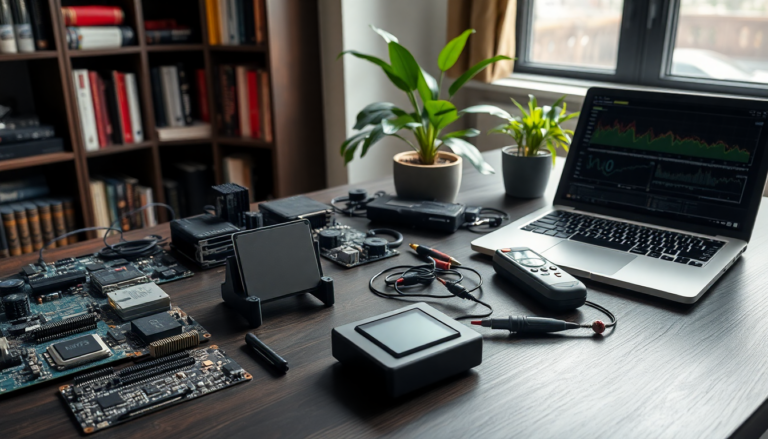Argomenti trattati
The landscape of CPU technology is constantly changing, and companies like Nvidia are always looking to break new ground. As we anticipate the upcoming release of Nvidia’s GB10-based workstations, some significant challenges have come to light. What was once a wave of excitement around the launch has been tempered by troubling reports of delays in Nvidia’s CPU development, primarily due to critical hardware defects. This situation raises essential questions for both consumers and investors, showcasing the intricate balance between technological advancement and market readiness.
Current Market Overview
Industry reports, including insights from SemiAccurate, reveal that Nvidia’s plans to roll out its new processors for consumer PCs have faced considerable setbacks. Initially slated for a 2025 debut, the launch has now been pushed back to 2026 due to unforeseen hardware issues. This delay not only impacts Nvidia’s product offerings but also has broader implications for the workstation market, which depends on high-performance processors to enhance efficiency and productivity.
The GB10 Superchip has certainly caught attention with its potential, especially for compact AI workstations. However, the absence of a consumer CPU has left many wondering about Nvidia’s next moves. The partnership with MediaTek to develop this superchip raised hopes, but the lack of substantial information about the N1 and N1X processors during major industry events like Computex indicates these products are still in the pipeline, not quite ready for market.
As we take a closer look at the market, it’s clear that competition is heating up. Other manufacturers are gearing up to unveil their innovations, putting additional pressure on Nvidia to resolve its development issues swiftly. Could this delay lead to lost market share if competitors manage to launch their products successfully in the meantime? Only time will tell.
Impact of Hardware Defects
The discovery of critical hardware defects in Nvidia’s upcoming CPUs is a notable setback. These defects require a respin—essentially a redesign of the silicon to ensure it meets performance and reliability standards. Typically, this process can take anywhere from three to six months, depending on how severe the issues are. Each day that passes could mean further delays in rolling out new processors, which directly impacts the availability of workstation solutions that depend on these CPUs.
While Nvidia has reportedly tackled some initial hardware challenges without needing a complete redesign, utilizing firmware updates to alleviate issues, new technical problems have complicated matters once again. This kind of uncertainty sends ripples through the supply chain, affecting not just Nvidia, but also its partners and consumers who are counting on timely product releases.
As these developments unfold, it’s vital for stakeholders to stay informed about how these factors could impact their purchasing decisions and investment strategies. The workstation market thrives on innovation, and any delays can dramatically shift the competitive landscape.
Future Predictions and Investment Considerations
Looking ahead, how Nvidia navigates its CPU development challenges will likely shape the workstation market for years to come. If the company can successfully launch a robust product line by early 2026, it could cement its position as a leader in the sector. But what happens if further delays occur? Competitors may seize the opportunity to capture market share and innovate beyond Nvidia’s offerings.
For investors and consumers, grasping these dynamics is crucial. The potential for significant returns on investment hinges on market readiness and the ability of manufacturers to deliver cutting-edge solutions. Keeping a close watch on industry trends and developments will be key to making informed decisions.
In conclusion, while Nvidia’s current challenges present significant hurdles, they also underscore the importance of resilience and adaptability in the tech industry. As the situation continues to evolve, stakeholders must remain engaged and ready to adjust strategies in response to this rapidly changing landscape.

